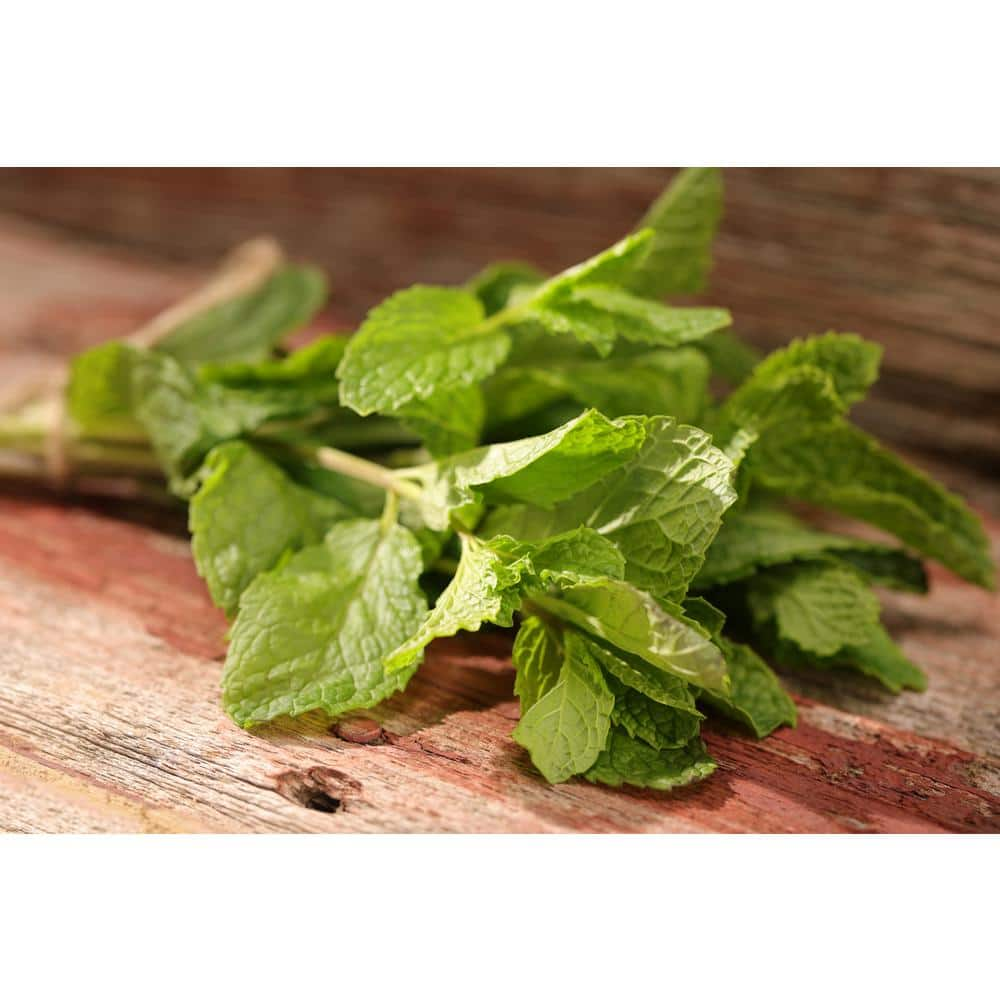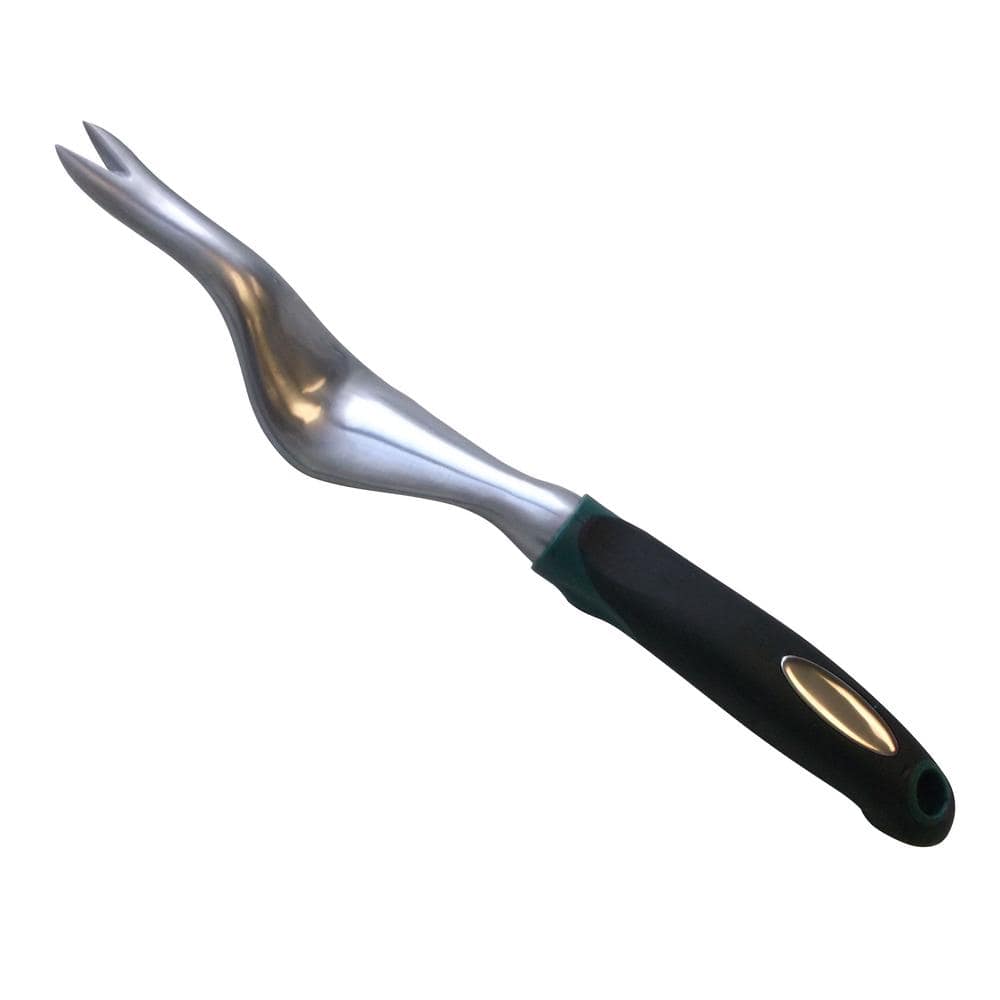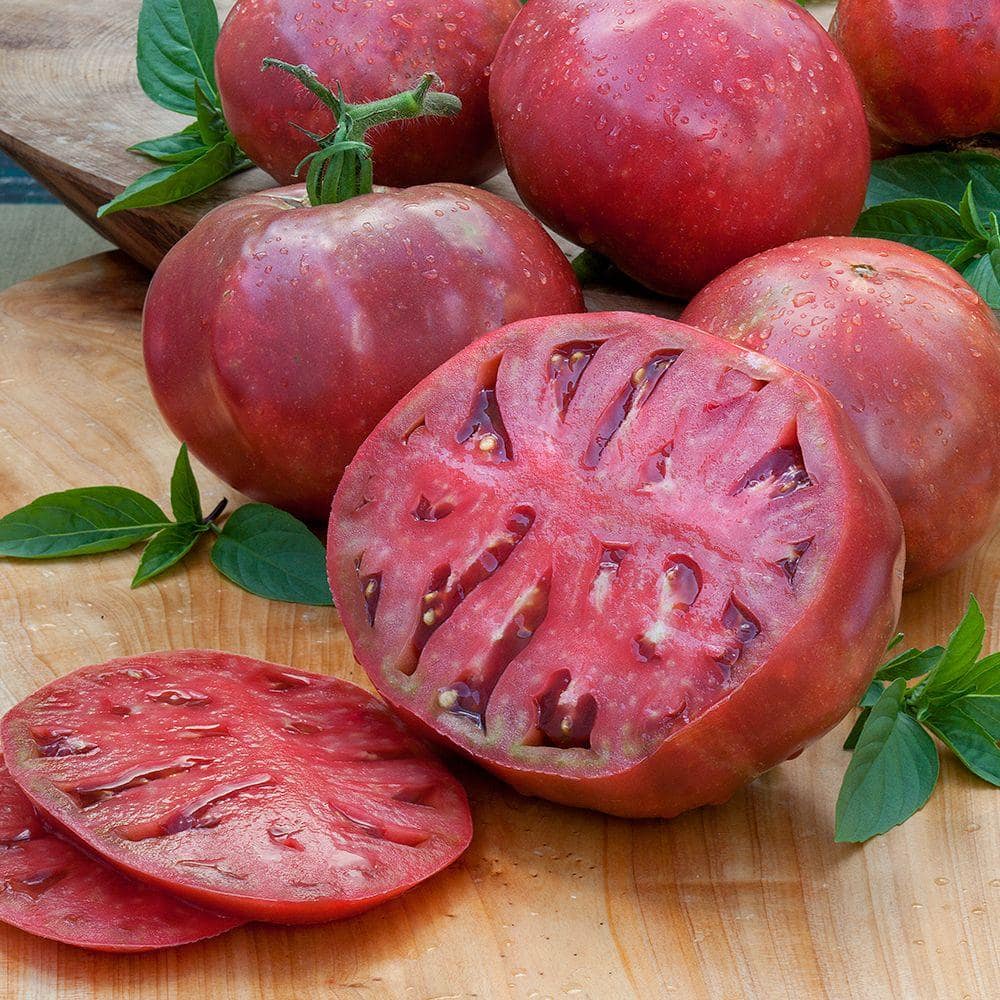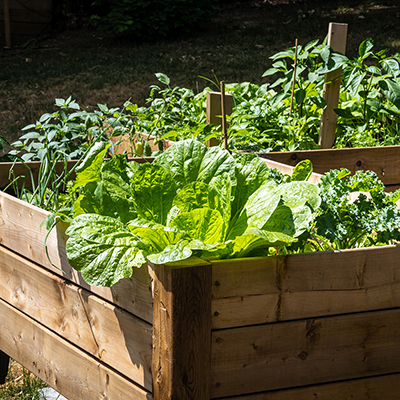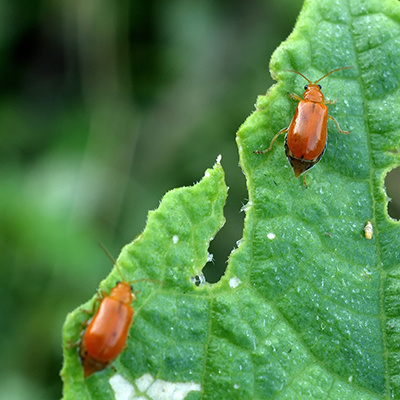When and How to Harvest Vegetables in Your Summer Garden
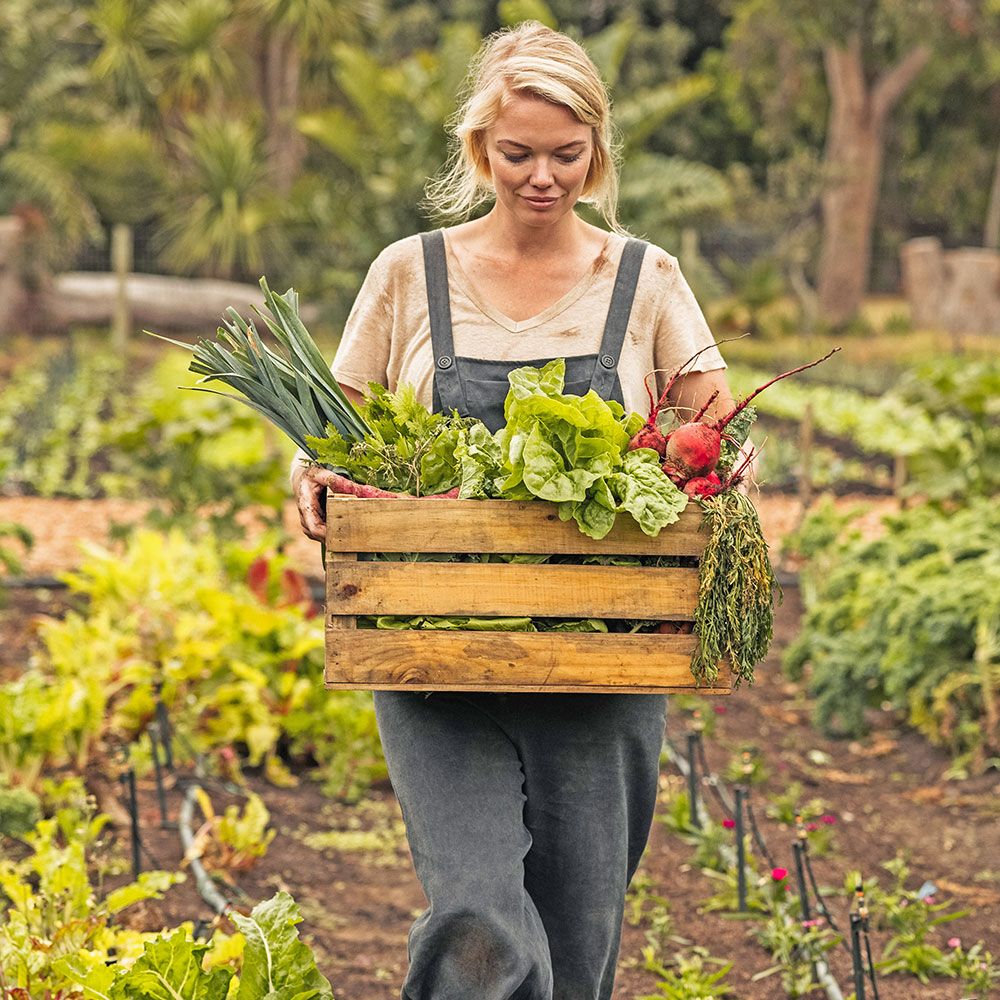
Last updated July 25, 2024
In the gardener’s year, if spring is for planting, then summer is the time for harvesting. You’ve put all the work in getting the garden started early; summer is the time to enjoy the bounty.
At this stage, it’s important to pick edibles at the right time for each type. You want to harvest at the peak time for nutrition and flavor. And it’s important to ask yourself questions about what will happen in the kitchen later: Will you eat them right away? Or will you preserve the produce to enjoy later?
There's lots of ways to share the bounty from your vegetable garden. You can share homegrown vegetables with neighbors and friends. Local food pantries will accept homegrown produce, too, and distribute it to families in your community. Check out ampleharvest.org for more information.
Table of Contents
When to Harvest Vegetables
How to Harvest Vegetables
Corn
Cucumbers
Eggplant
Green Beans
When to Harvest Vegetables
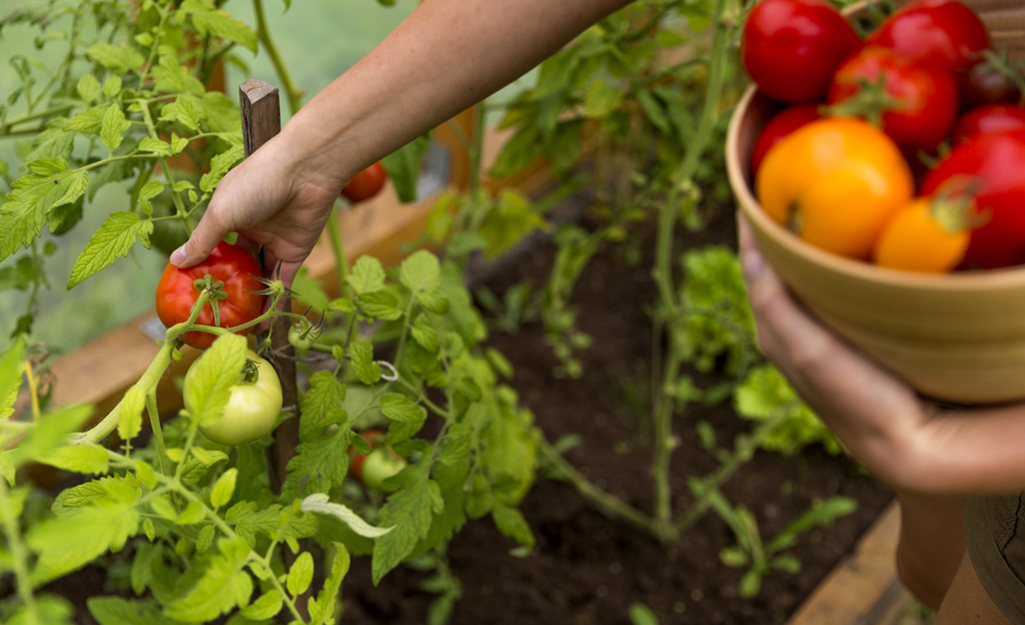
Timing is, after all, everything. Vegetables picked before their time may not be sweet enough, or the texture will be wrong. But when English peas and sweet corn are ready, plan to eat them right away, because the sugars quickly convert to starches and the vegetables lose flavor.
As a rule, pick veggies early and often. Beans, beets, carrots, cucumbers, yellow squash and zucchini can all be picked when young and tender. Picking early and often stimulates more growth and more fruit because plants want to produce seeds. When you pick the fruit before it forms seeds, the plant puts more energy into creating more fruit.
If you wait too late to pick some vegetables, the plants will terminate, or stop producing. Vegetables harvested too late can also be tough or woody.
Peppers are an example of vegetables that taste better after they’ve matured on the vine. When bell peppers are green, they can be unpleasant and sharp. Let them mature and sweeten in the sun. Corn and melons like cantaloupes are more examples of fruit that shouldn’t be picked too soon.
Some vegetables continue to ripen after they’re picked. Two popular examples are tomatoes and winter squash like pumpkins. Pick them and store in a warm, dry location.
How to Harvest Vegetables
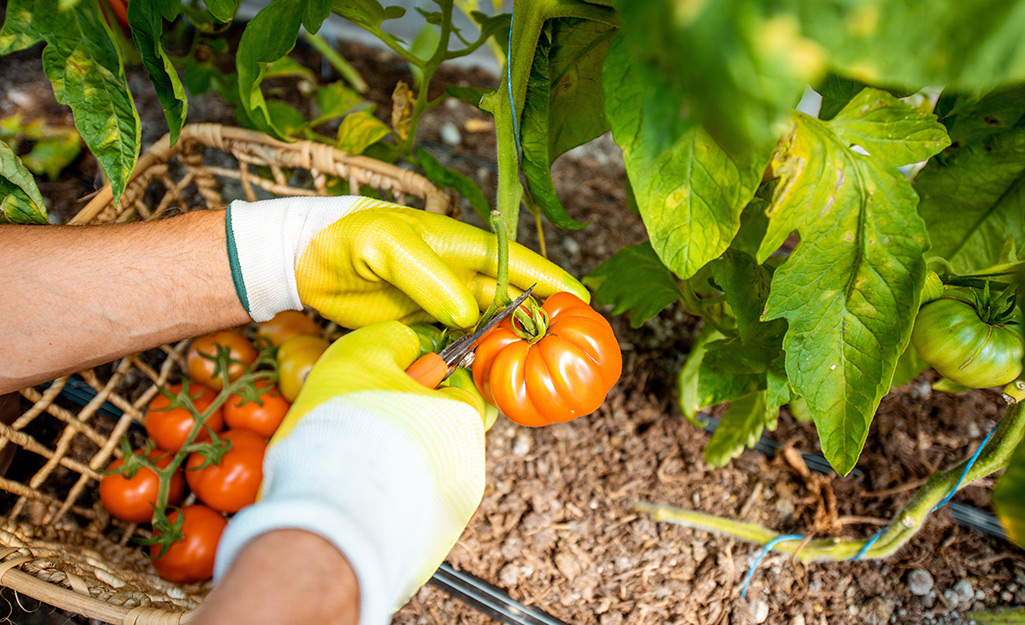
Follow these tips for harvesting vegetables in your garden:
- Pick early in the day when it’s cool.
- If you're canning, pickling or freezing, pick as close to the preparation time so the veggies retain flavor and nutrients.
- Bring a basket and a garden knife or scissors with you to the garden.
- When picking root vegetables, pour water on the soil first to loosen the roots.
To get the most from your plants, you need to know the best time to pick and the best tools to use. Here are more tips to ensure that you enjoy your homegrown produce at its finest.
Corn
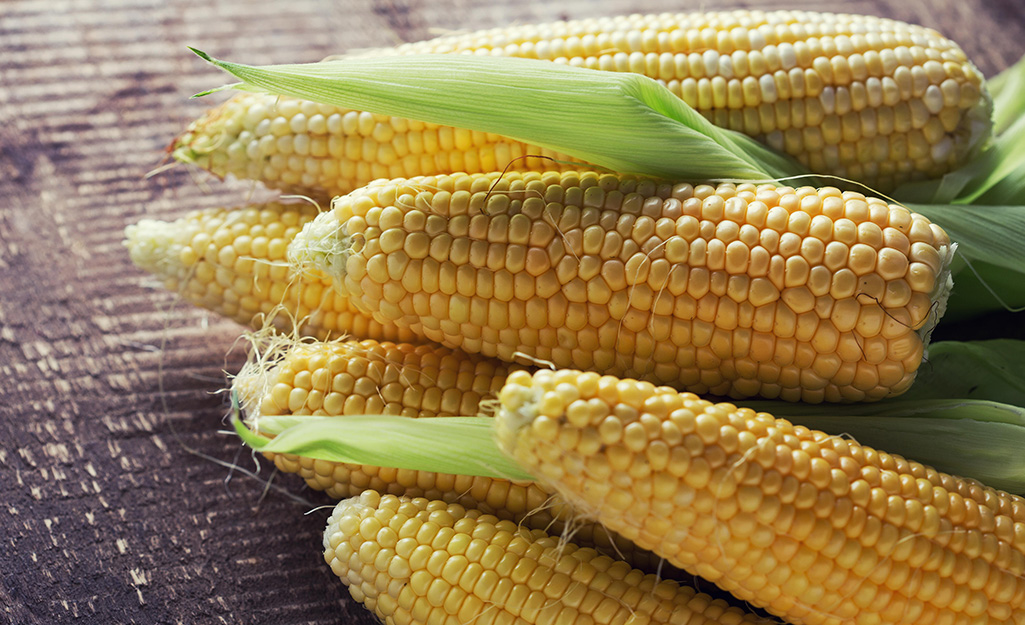
Corn is ready to eat when the silks have begun to turn brown on the end of the cob. If you are still uncertain, pull back a husk, check to see that the kernels have filled out, and break open a kernel. If it’s milky, it’s ready. For sweeter corn, pick in the morning. Twist the cob as you pull it down to break it from the stalk.
Cucumbers
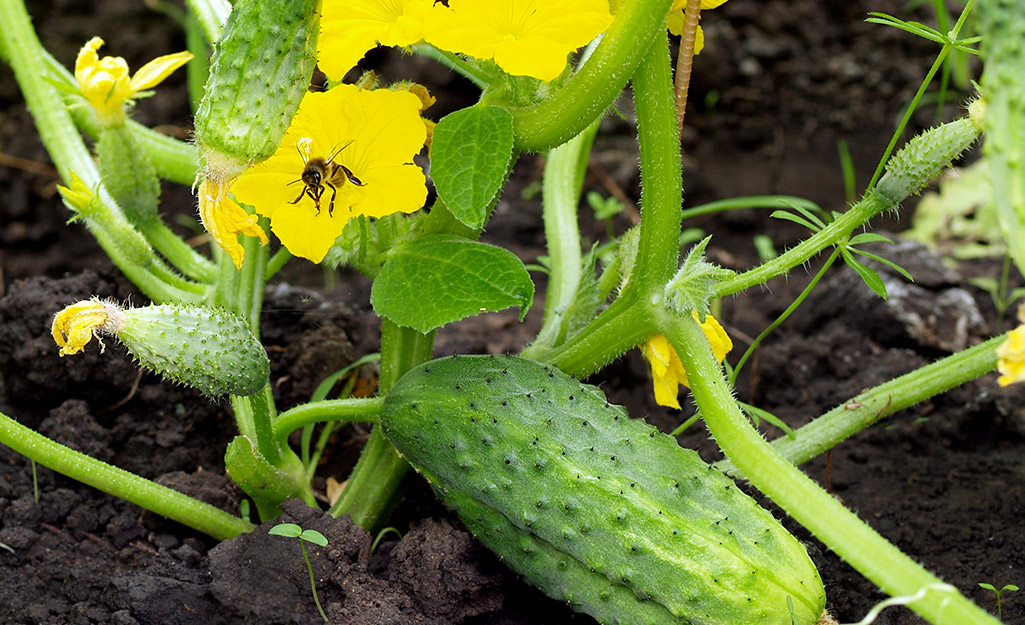
Small fruits usually offer better flavor and texture. Remove yellow, over-ripe cucumbers so the plant will continue producing. Remove from the vine with small pruning snips.
Learn how to trellis cucumbers for greater yields in your garden.
Eggplant
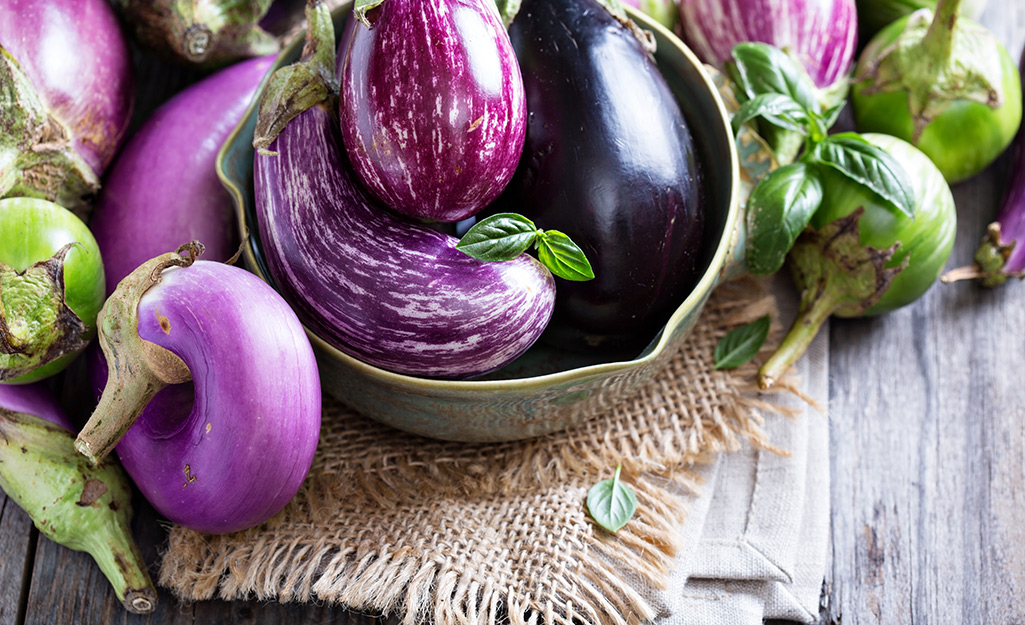
For the best flavor, pick when the fruit has a glossy skin. Cut from the plant with snips, leaving a piece of the stem attached. It's a good idea to wear gloves and long sleeves when picking eggplant; the stems can be scratchy.
Green Beans
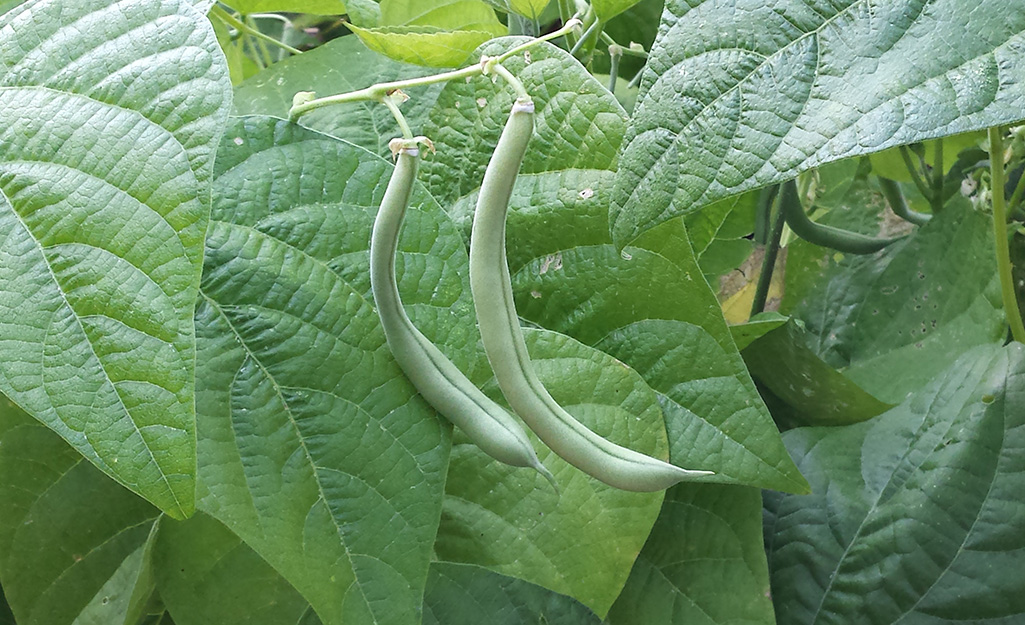
Green beans are best when the pods are tender and the beans inside have not yet begun to swell. Pick often to catch them at their best, at least two to three times per week. Use small snips to avoid pulling off future flowers along with the bean.
Okra
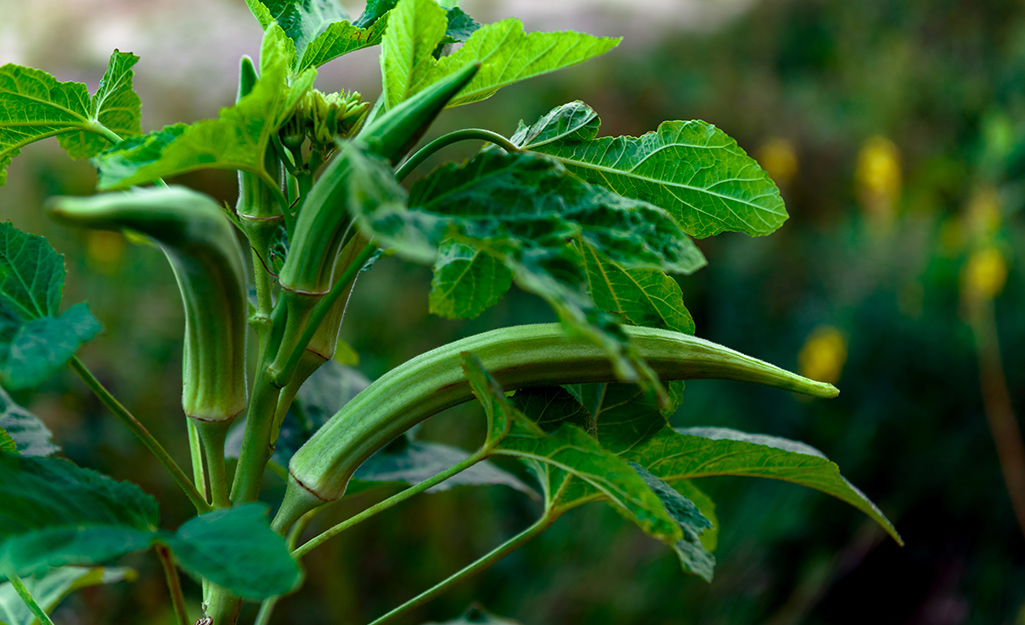
Okra grows fast in hot weather. Pick every other day, choosing pods between 2 and 4 inches long. Use small snips, and wear long sleeves and gardening gloves to protect your arms and hands from the scratchy leaf hairs. Discard long pods that have grown too tough to eat.
Peppers
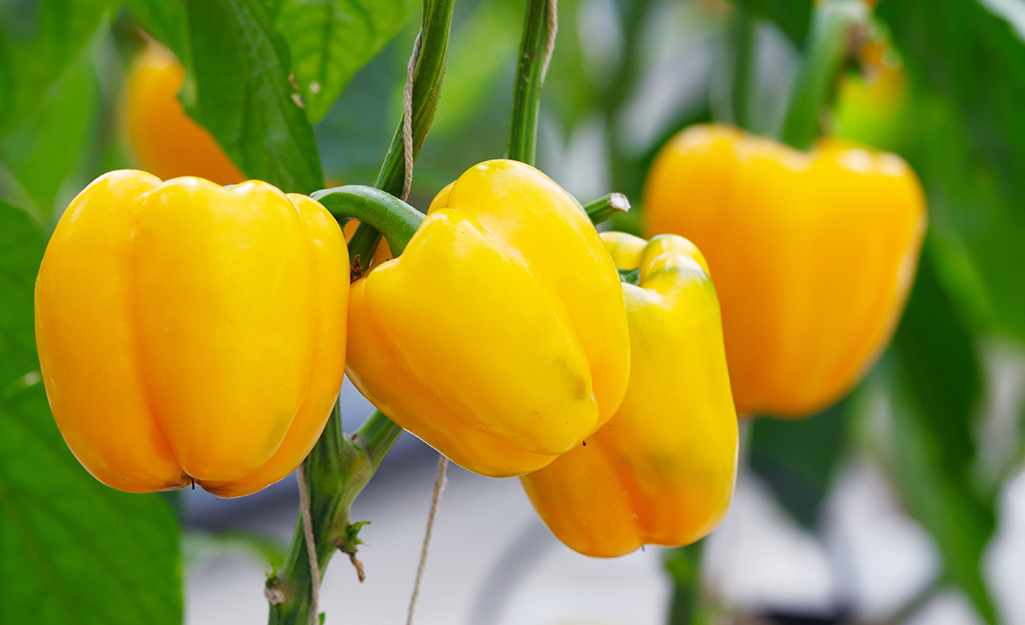
Any pepper can be picked while green, but fruit that matures to red, yellow or orange will be sweeter or hotter, depending on the variety. Cut peppers, rather than pulling them, to avoid breaking branches.
Be careful when harvesting hot peppers like jalapenos and serranos. You'll want to wear gloves while picking while picking them. Don’t touch your eyes after handling hot peppers.
Tip: Weather affects the heat of peppers. If your weather is hot and dry, chile peppers will tend to be hotter. If your weather is wet and cool, the peppers will be milder in taste.
Summer Squash and Zucchini
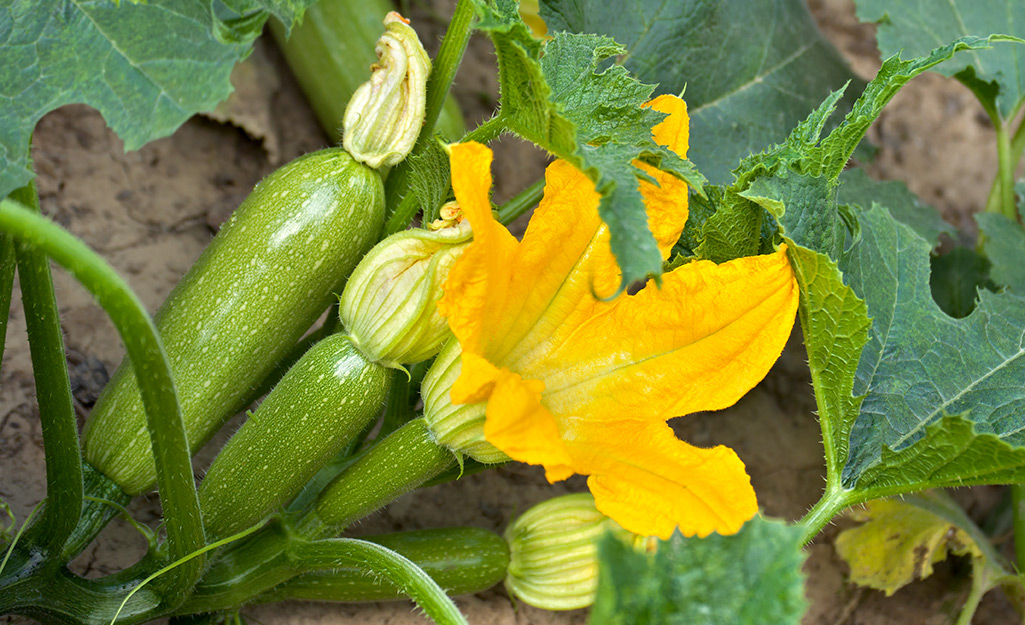
Summer squash and zucchini are best picked young and tender, before the seeds inside become inedible. Use a sharp knife to remove the fruits from the plant. Squash grows fast in summer, so harvest at least every other day.
Sweet Potato

Before the first frost, use a digging fork to loosen the soil in a wide circle around the plant. Pull the crown, trim off the vine and then use your hands to gather the potatoes. (Be sure to check anywhere the vine seems rooted to the ground, as there may be more.) Let them cure, unwashed, in a warm spot for seven to 10 days to develop their sweetness.
Tomato
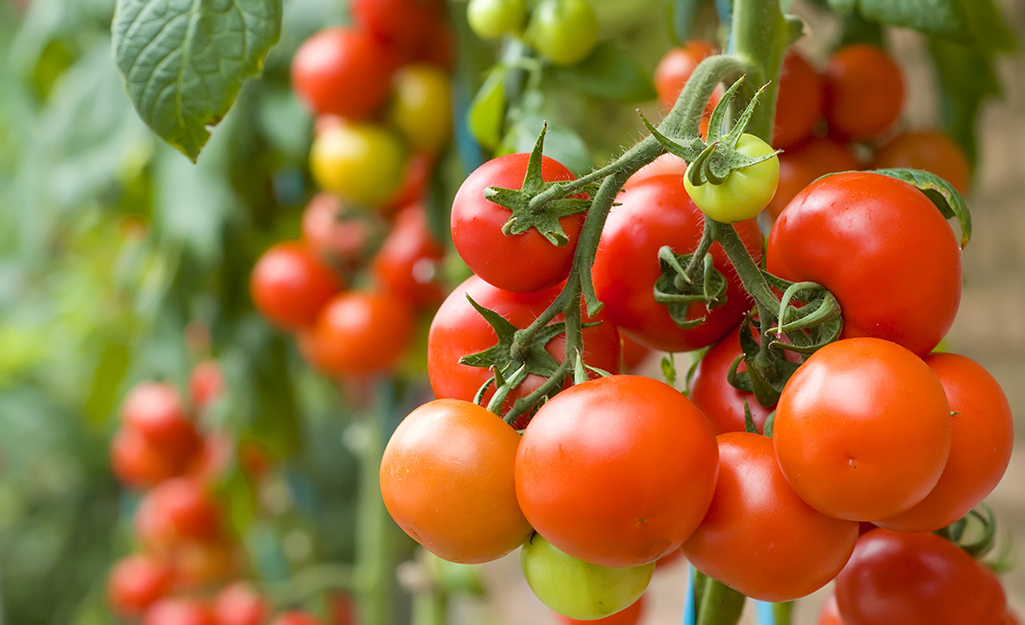
When harvesting tomatoes, fruit should be fully colored, meaning red, orange, yellow or purple, depending on the variety, but still firm when squeezed gently. Slightly under-ripe tomatoes will continue to mature after picking. Always store tomatoes at room temperature out of direct sunlight.
Learn more about growing tomatoes in your garden.
Watermelon and Cantaloupe
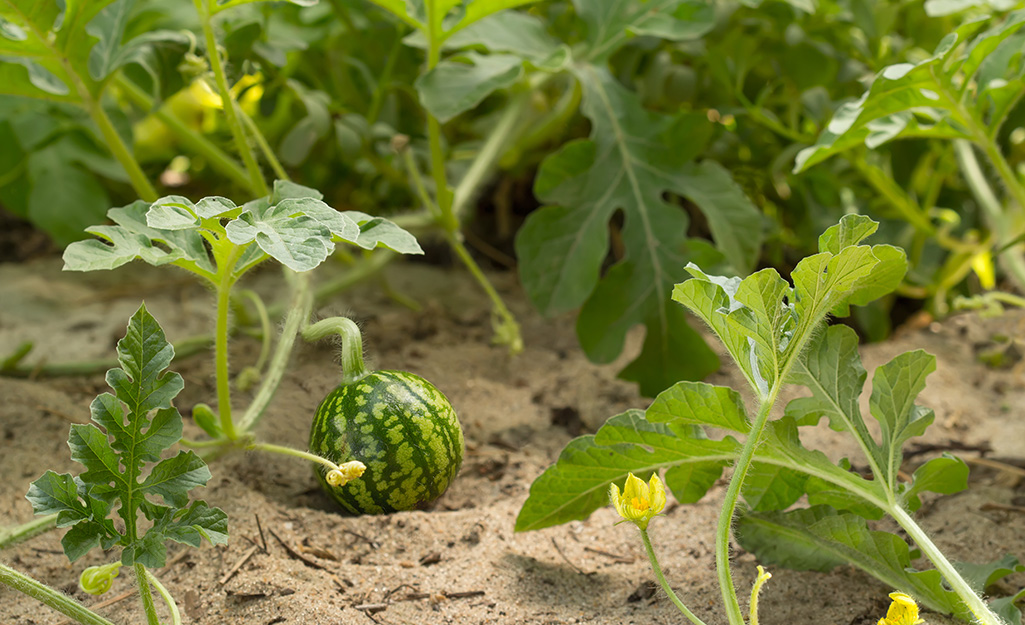
When ready, melons will appear dull green and not bright, and when you gently turn over the fruit, the color next to the soil will be yellow, not white. You should hear a deep thud when you thump on it. Cut melons with shears or a knife, leaving an inch of stem.
When ripe, the tan netting of a cantaloupe becomes more noticeable against a golden background, and a crack appears around the base of the stem. These fruits should be easy to pick without any tools.
Winter Squash (Including Pumpkin)
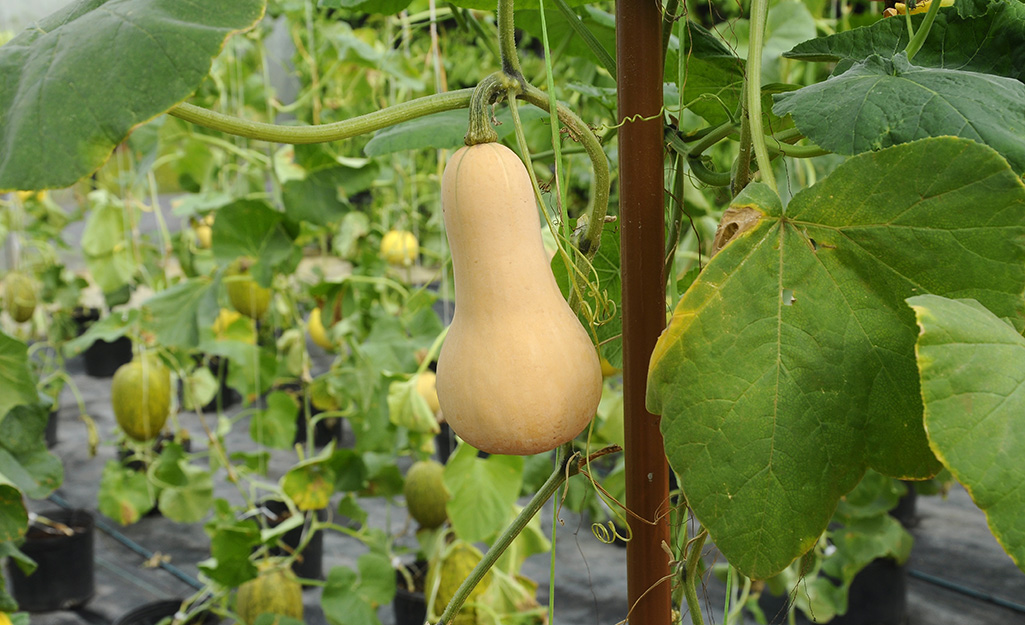
Use a knife to cut them from the vine before frost arrives. They are ready when they are fully colored with a hard rind and a shriveling stem. If you avoid lifting them by the stems, they will last longer in storage.
Herbs
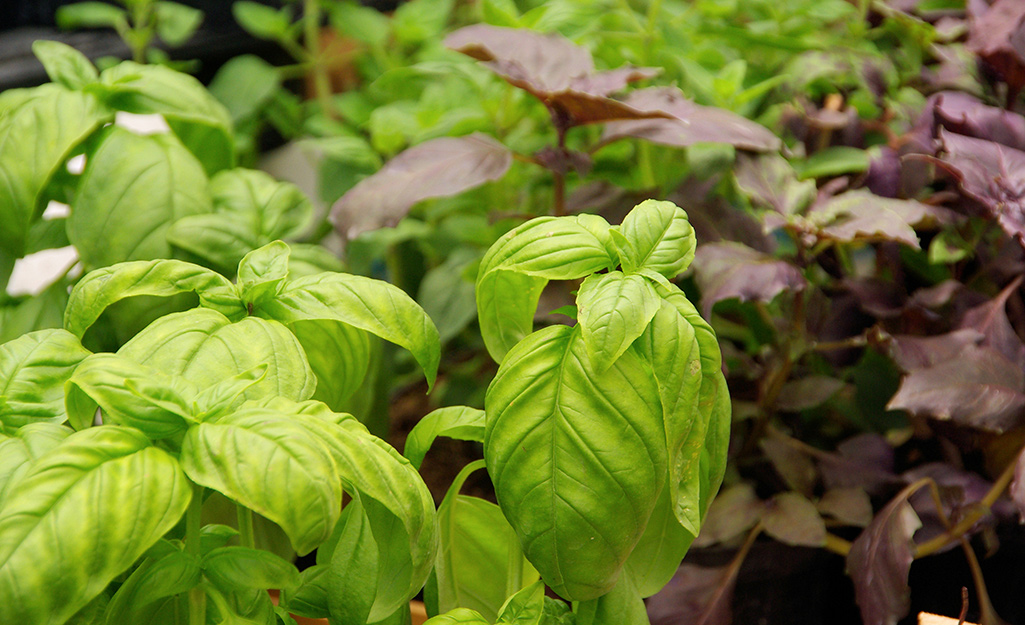
The leaves and stems of most herbs can be harvested throughout the growing season. In fact, many plants respond to frequent harvesting by generating fresh, flavorful new growth. Here are a few tips for harvesting some popular herbs.
- Basil: Begin pinching leaves once the plant becomes 6 to 8 inches tall. Keep plant pinched even if you’re not planning to use the herb, to keep it from flowering.
- Dill: Harvest as needed any time between seedling stage and flowering.
- Oregano: Snip sprigs as needed. Harvest often to encourage new growth.
Whether you need the right plants, seeds or potting soil, The Home Depot delivers
online orders
when and where you need them.
